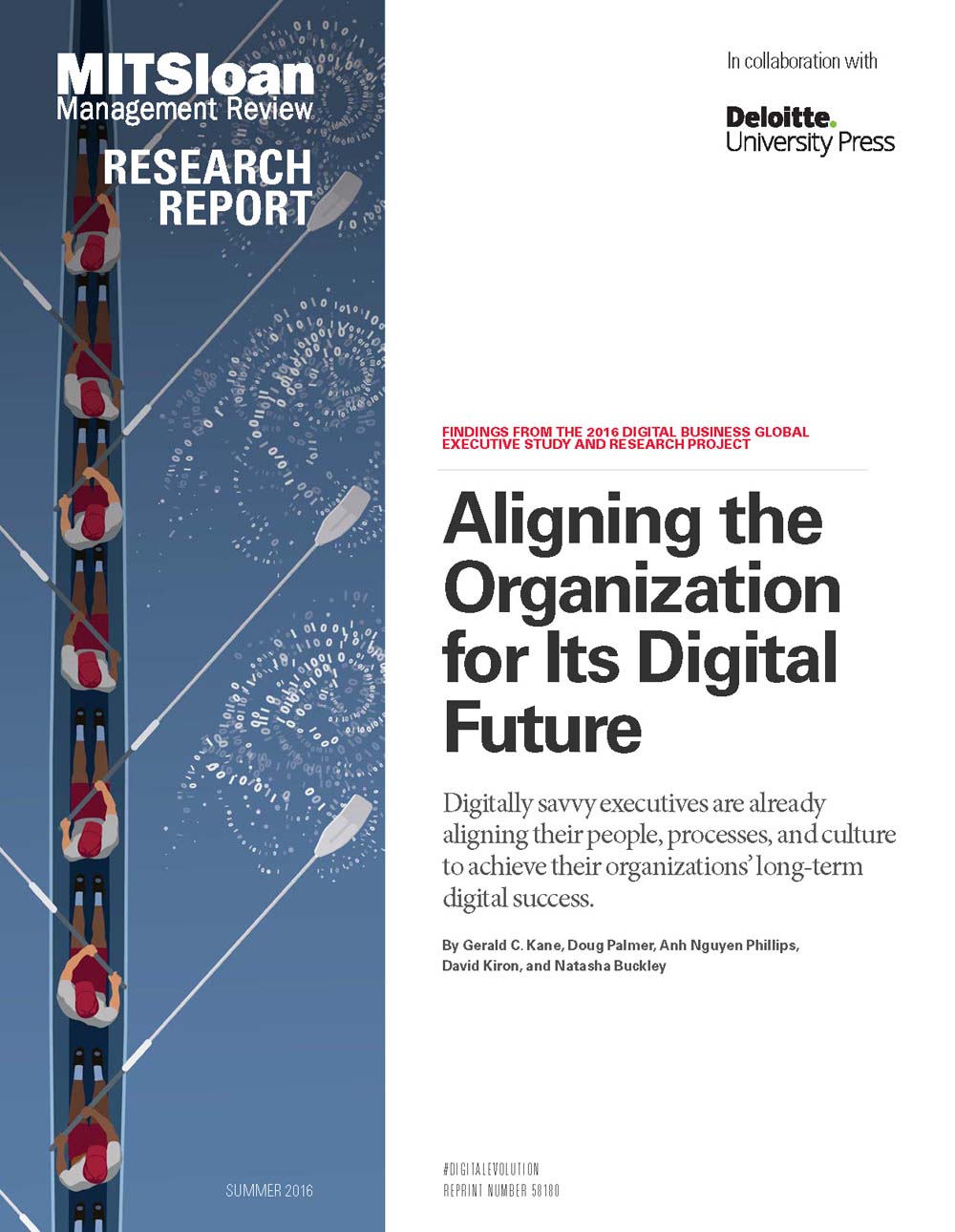
Ally or Acquire? How Technology Leaders Decide
Partnering with outsiders to speed innovation is increasingly the norm among high-tech companies. Then why are so many organizations still struggling to make such efforts work? The answer, say MIT Sloan School professor of management Edward B. Roberts and management consultant Wenyun Kathy Liu, is that all too often companies choose collaborative strategies without first considering what stage in the technology life cycle a given technology has entered — and which type of partnership is suited best to that stage.
There are four phases in the life cycle of a technology (the fluid, the transitional, the mature and the discontinuities phases), and depending on where a particular technology is at the moment, only certain external partnerships will facilitate speedy development. That reality presents a challenge for managers: Each product a company is juggling may be in a different phase, and because the partnerships developed for one phase of one technology could eventually serve a different purpose in another phase of another technology, all partnerships must be handled with care.
A decision to ally or acquire depends not only on company-specific competencies and needs, but also on overall market development and the company’s position relative to its competitors. Industry structure and critical success factors change as the underlying technology evolves and as competitive pressures vary. Companies are more inclined to form alliances as the technology becomes better defined and as competitive pressure increases. In the discontinuities phase, consolidation increases and the number of alliances declines. As for mergers and acquisitions, they often happen more frequently during the transition stage because established companies acquire startups to enhance their technology portfolio.
In broadening past research (on the technology life cycle’s effect on internal product development) to encompass the externally focused technology life cycle, the authors also have underscored the growing complexity of achieving business success. The implication for management in high-tech industries is that leaders need to excel at multitasking, thinking laterally, thinking creatively and networking with individuals in various related industries. But all that starts with understanding the technology life cycle and what it means for outsourcing innovation.




